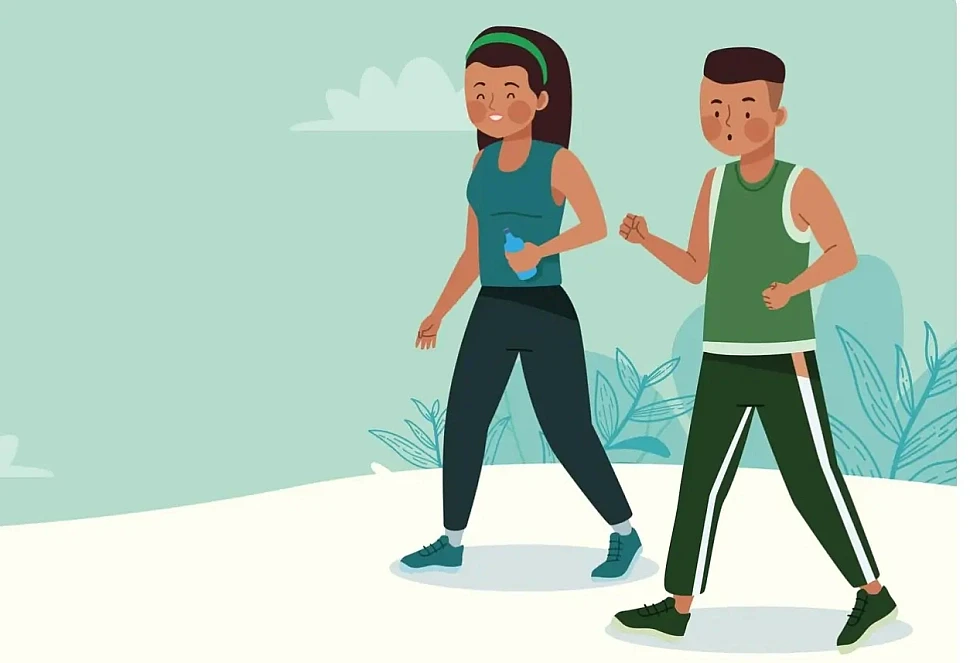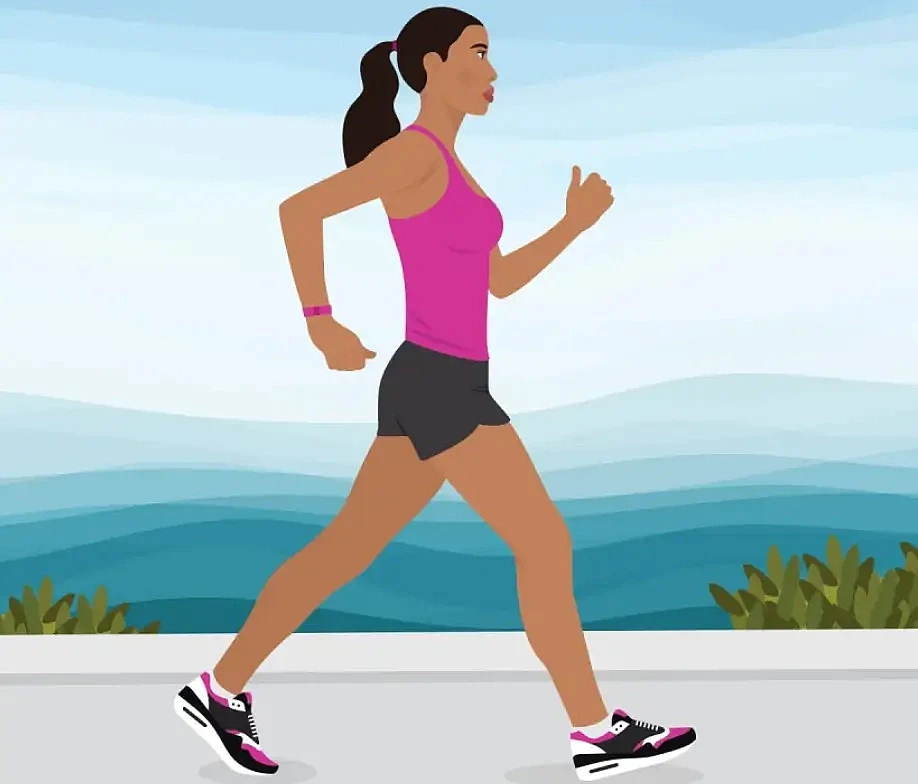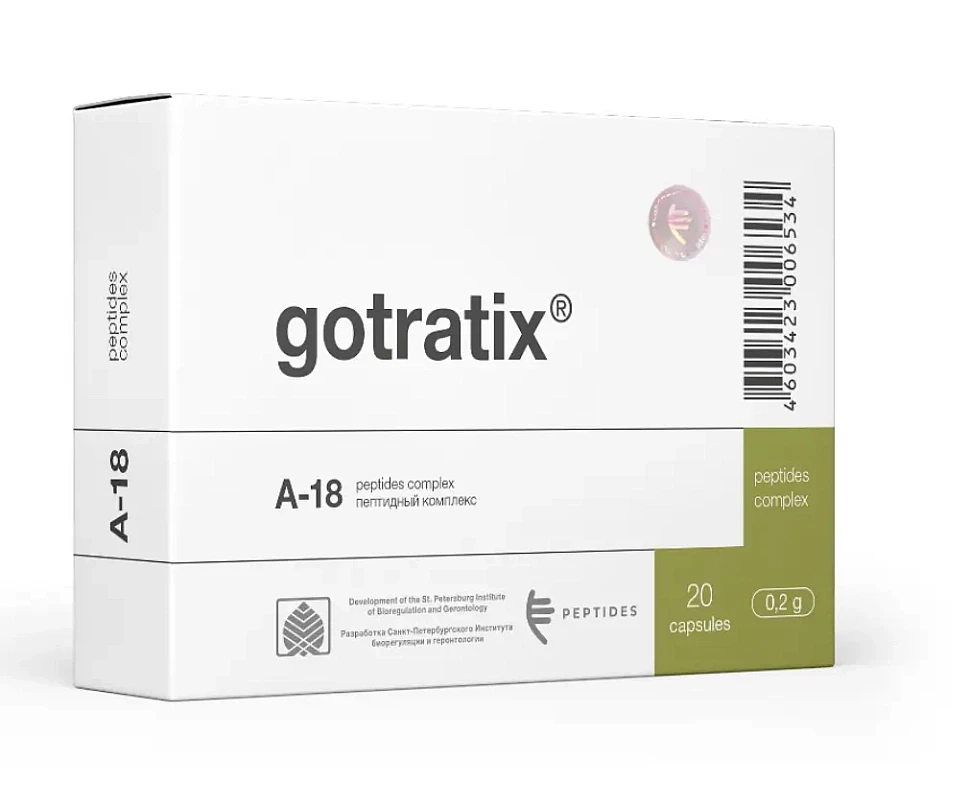Amazing Benefits of Walking to Relieve Stress

Studies have shown that walking is good for both physical and mental health. Walking regularly helps people maintain vivacity, endurance, and energy. Walking just 15 minutes a day can improve overall health, relieve stress, help with weight loss, and reduce joint and muscle pain. Many muscle groups work during walking, which promotes good health.
Benefits of walking
The sedentary lifestyle is the scourge of modern times. Sedentary work, lack of time for the simplest fitness training, a decrease in the level of sports culture - all this leads to various ailments, including stagnant diseases of the vessels, heart, joints, respiratory system.
Regular physical activity is a successful prevention of various diseases. But you don’t have to do powerlifting, professional skiing, or gymnastics to get healthier. It is enough to turn to walking and do classes systematically to guarantee an excellent result.
The benefits of walking can not be overestimated, the list of main advantages of this load can include:
- strengthening of the cardiovascular, respiratory, nervous systems;
- improvement of digestion;
- normalization of brain activity;
- prevention of varicose veins and atherosclerosis;
- Reducing cholesterol levels
- activation of blood circulation and lymph flow;
- fat burning;
- strengthening of the spine, posture correction;
- getting rid of sleep disorders, anxiety and depressive states, increased fatigue, apathy;
- oxygen saturation of all tissues of the body.
Muscles Working on Walking
Walking is the ideal way to work out most of the muscle areas. Despite the fact that physical activity is low-intensity, regular training will make the body hardy, and the immune system - strong.
Walking involves the following muscle groups:
- abdominal muscles (press, ctn);
- gluteal muscles;
- muscles of the vertebral, cervical, lumbar;
- calf and thigh muscles.
- The more active the walk, the more small muscles are used. Several exertion options are available to increase walking intensity.
Muscles Working on Walking
Walking is the ideal way to work out most of the muscle areas. Despite the fact that physical activity is low-intensity, regular training will make the body hardy, and the immune system - strong.
Walking involves the following muscle groups:
abdominal muscles (press, ctn);
gluteal muscles;
muscles of the vertebral, cervical, lumbar;
calf and thigh muscles.
The more active the walk, the more small muscles are used. Several exertion options are available to increase walking intensity.

Accessibility of walking as a type of physical activity
Walking is not only a useful, but also the most affordable way to improve health. In order to accurately record the level of load, athletes are increasingly turning to the latest gadgets: smartphone applications, fitness bracelets, steppers. However, walking is an option for adolescents as well as middle-aged or older people.
Walking is a universal physical activity for all groups of people due to its many advantages.
Walking is a process that does not require learning. This is a natural state of the human body, so it is enough just to control the intensity of walks, their duration and speed.
Walking can be attributed to the most budget type of fitness, which will help to lose weight, improve health and recover morally without any financial investment. At times, walking outdoors is even more rewarding than an hour of intense activity in the fitness room.
Walking is extremely safe because the risk of injury is almost zero. Stroke physical activity on the joints is minimal. Because of this trait, even extremely obese people, who are typically not eligible for any exercise, can start their path to weight loss by walking easily.
Recommendations for increased efficiency
To independently verify the benefits of walking, you need not only to do it at intervals of 3-4 times a week, but also to implement a number of important recommendations:
physical activity should be constantly increased;
Breathing should be rhythmic but slow: breathe in through the nose and exhale through the mouth
hiking is recommended on an empty stomach: at least 1.5 hours before or after meals;
in the process, you need to monitor the posture: the straight spine is the axis of the entire body, thanks to it, the load on the muscles is distributed accurately and evenly;
A distance of 4-5 kilometers per day is already an excellent result, especially for those who lead an inactive lifestyle.
Regular walking will help to improve health and shape. Hiking perfectly work out the muscles, increase strength and charge the body with vigor and relieve stress.
Gotratix® (Muscle Peptide Complex) Gotratix is a peptide complex designed to support healthy muscle function and recovery. These peptides help normalize cellular metabolism and improve the functional activity of muscle fibers. Support energy metabolism inside muscle cells Improve endurance and reduce fatigue Enhance recovery after exercise or physical labor Maintain overall muscle performance under stress

